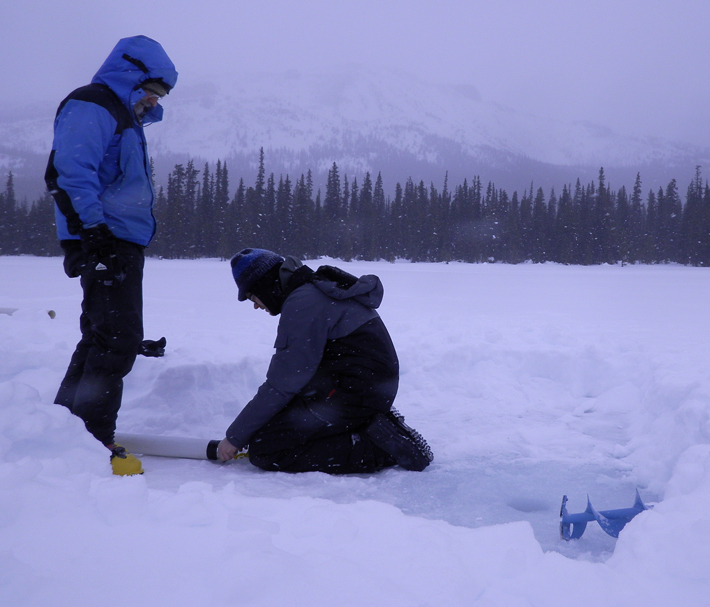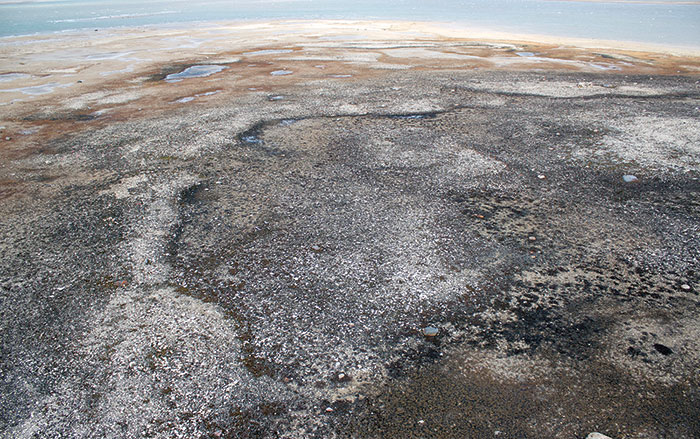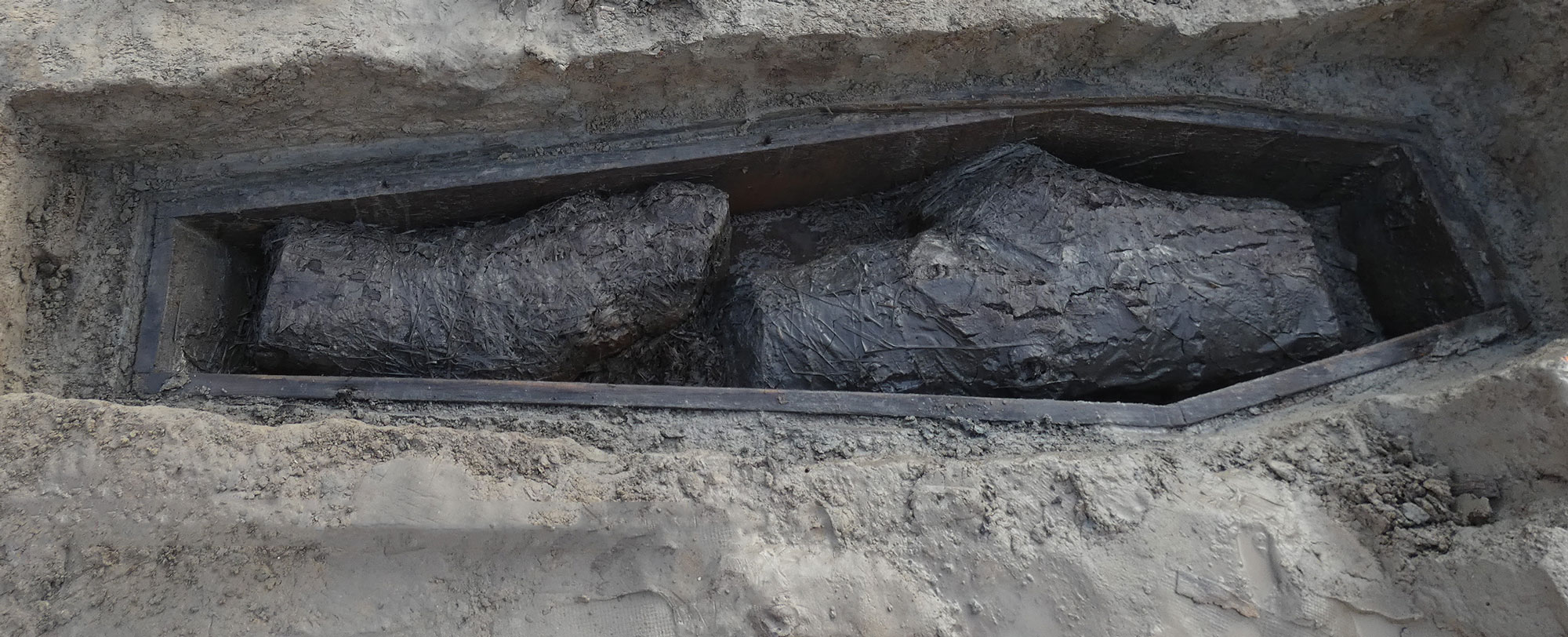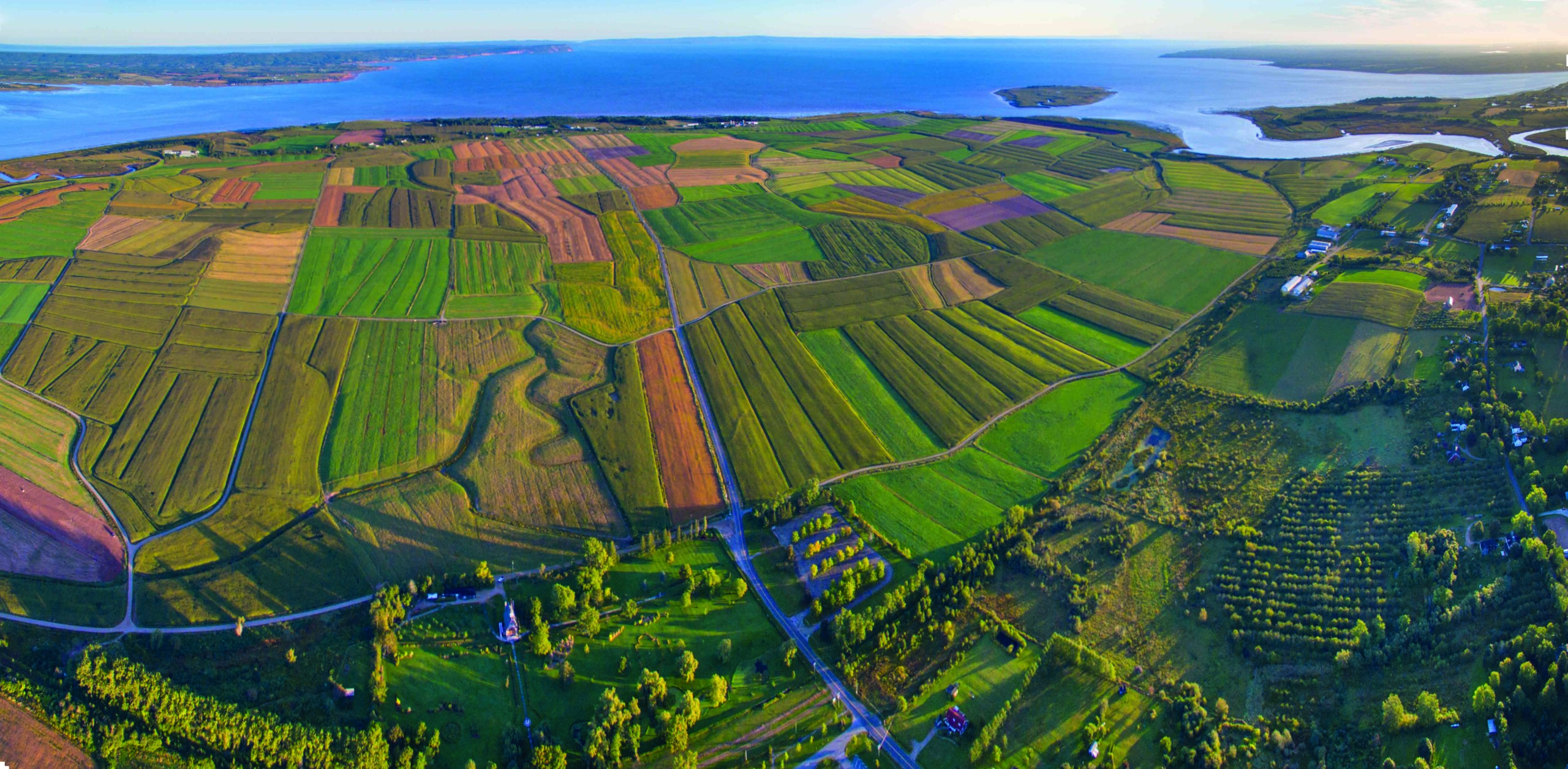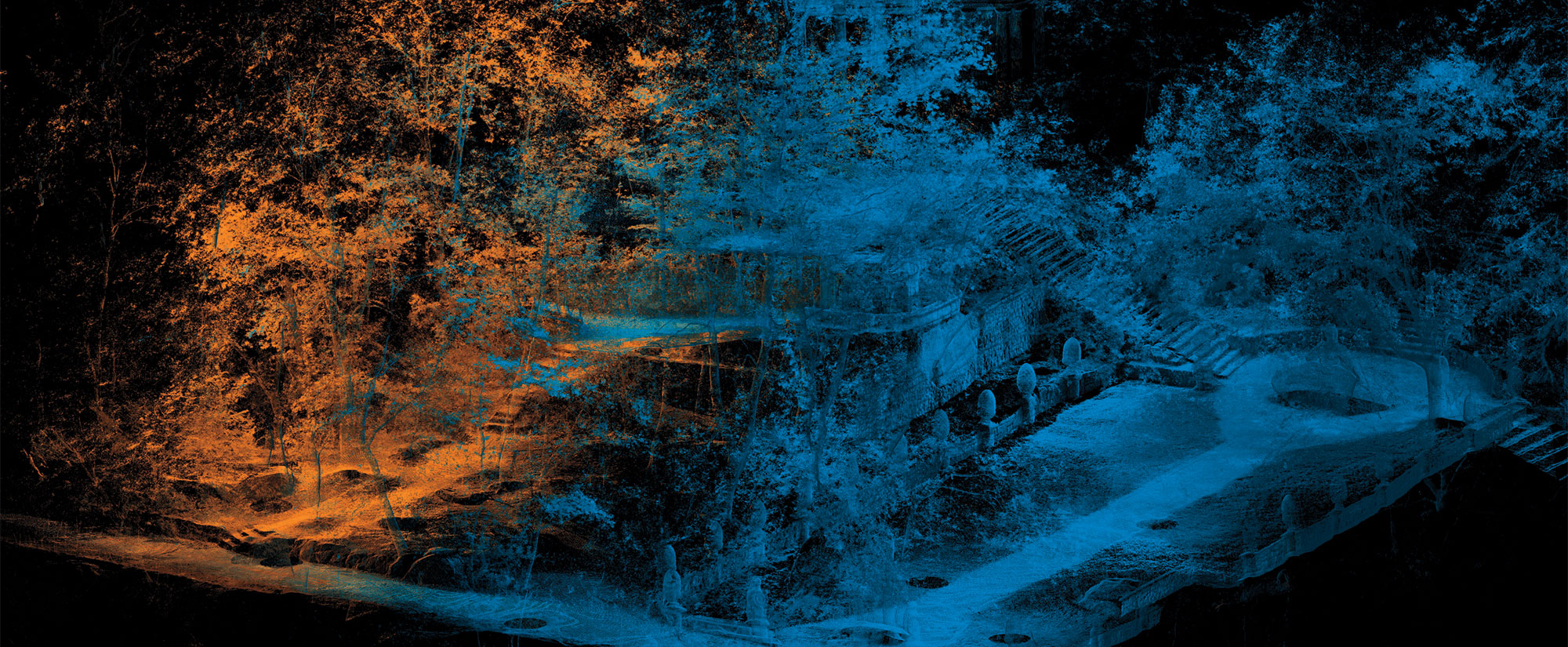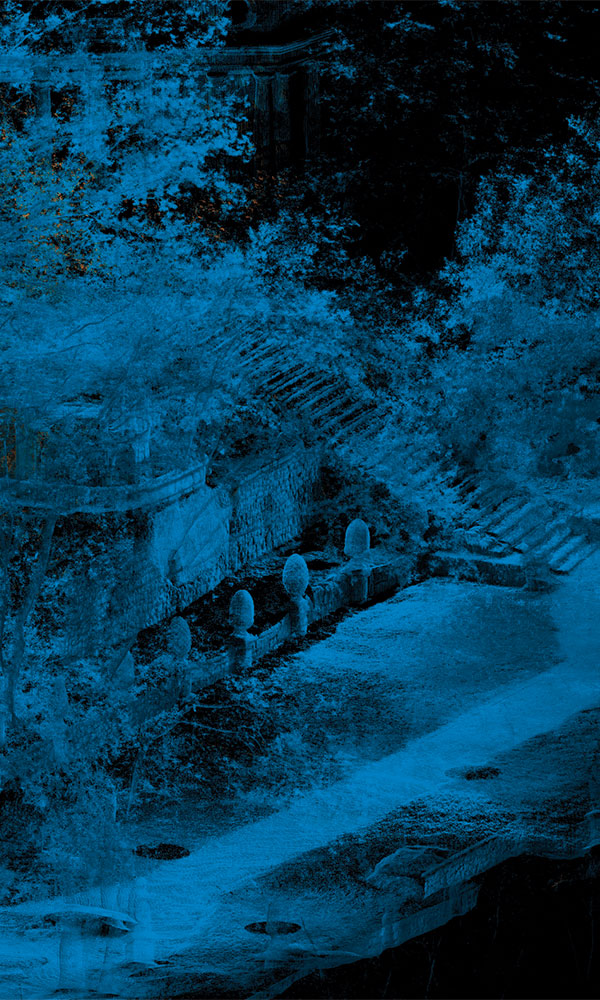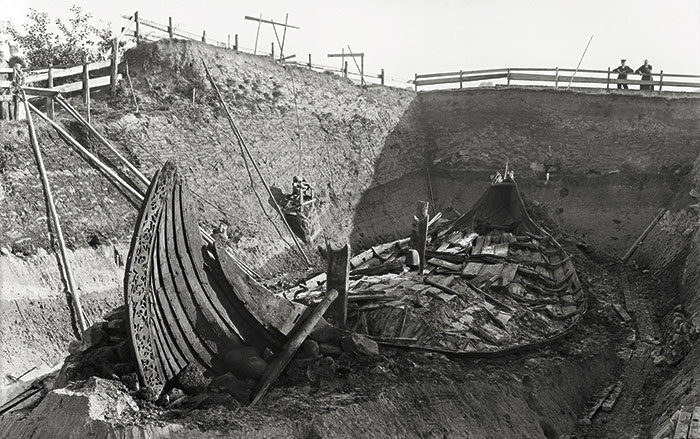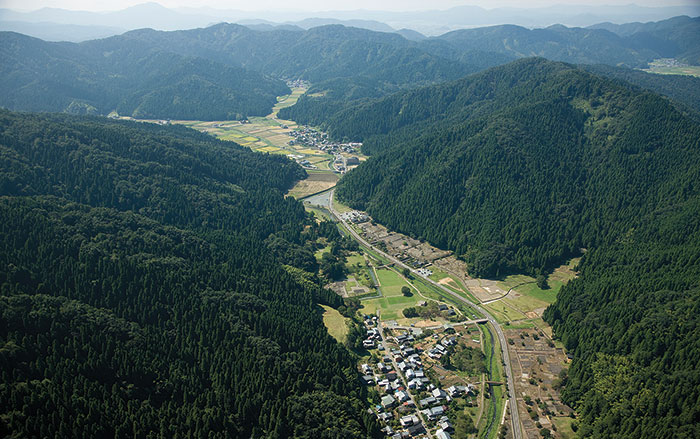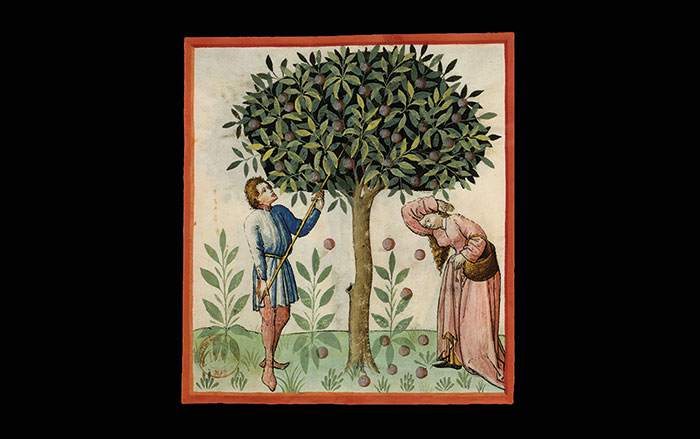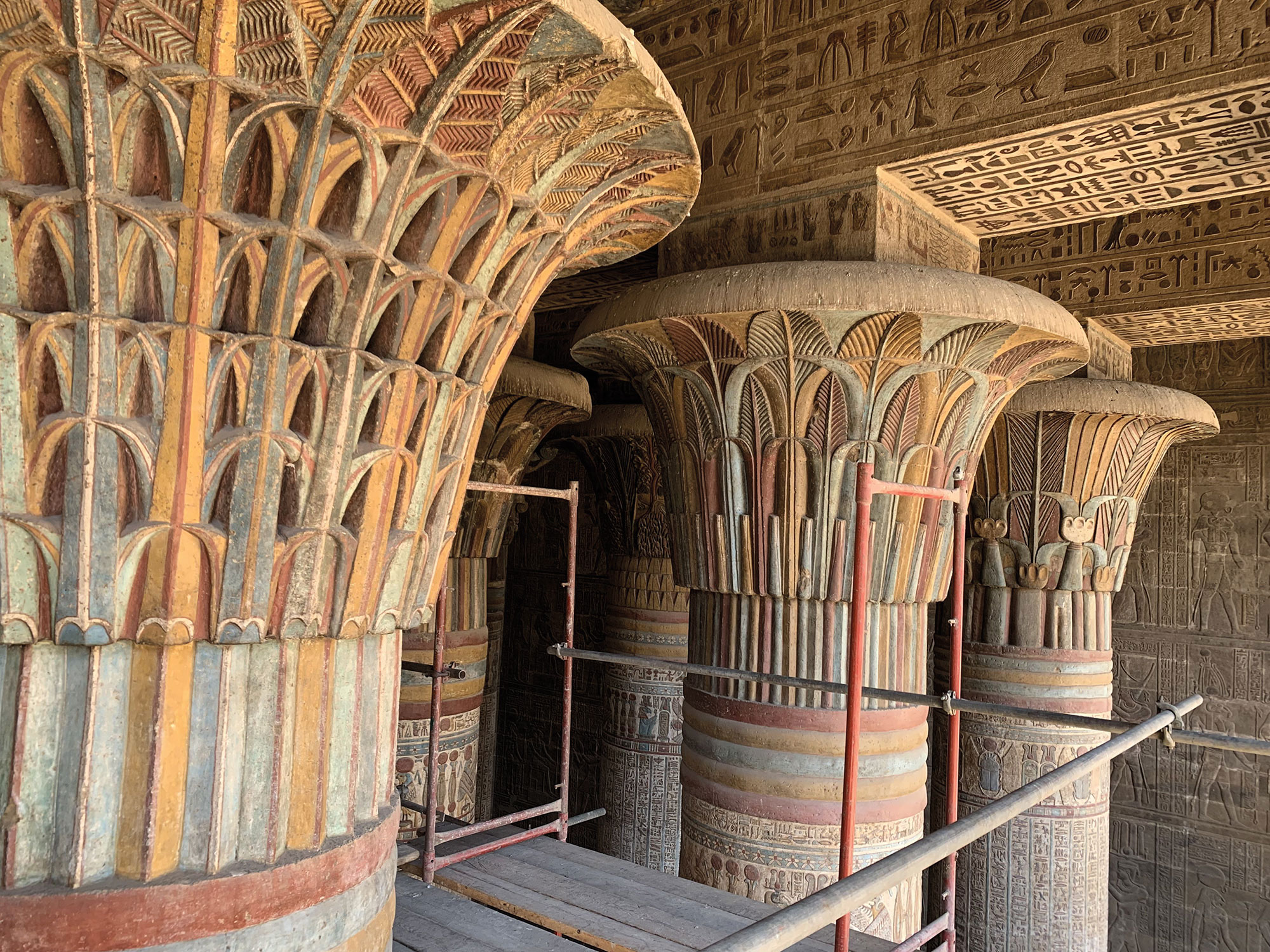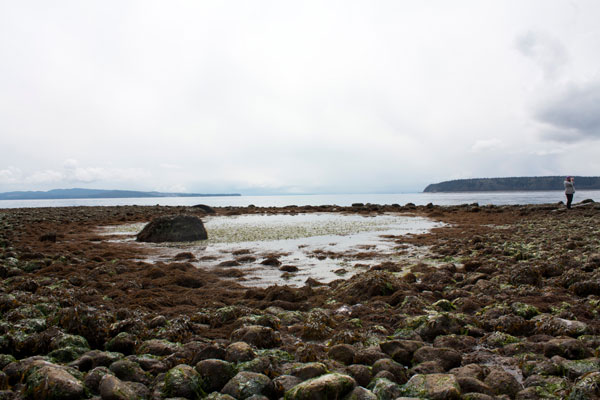
(Courtesy Jude Isabella)
When the tide is out, the table is set.—Tlingit proverb
The tide is going out at Gibsons Beach, in the Strait of Georgia on Canada's west coast. When the tide is low, it's easy to spot rock walls in the intertidal zone, the area of shore land that's exposed during low tide and hidden when the tide is in. A person can look at this beach for years and never understand that apparently random scatterings of piled rocks were actually carefully constructed to catch food from the sea. One formation, a circular shape almost 100 feet in diameter, is a clam garden, a flattened area that pools water and creates a habitat for clams to grow. Nearby, also in the intertidal zone, is a chevron-shaped collection of stones that opens into the sea and funnels fish toward the shore, a fish trap.
Dana Lepofsky, an archaeologist at Simon Fraser University in Vancouver, British Columbia, believes these gardens and traps, found up and down the coast, could be up to 2,000 years old. They were used by the indigenous population and serve as artifacts that dispute what the archaeological record has to this point claimed was the area's primary staple: salmon.
Closer inspection of middens, or trash heaps, where the natives in long-gone settlements close to the shore once dumped food waste, suggests that while the red, fatty fish might have been prized, salmon was only available during seasonal runs. Though the early North Americans dried and stored the salmon they caught, it would have taken more than just the seasonal catch to feed these ancient communities.
Lepofsky believes that the native British Columbians deliberately and consciously managed their marine and other food resources. By combining archaeology with local oral history, she and others are concluding that these societies oversaw an entire oceanfront ecosystem that offered a diverse bounty of marine life, including little fish (such as anchovies), roe, clams, cockles,
sea urchins, and eelgrass.
In British Columbia, the oldest known archaeological sites point to continuous human occupation on the coast for at least 11,000 years. Since the coast is rugged fjord land at the mercy of shifting tectonic plates and rising sea levels, countless sites likely remain either underwater or are only revealed when the tide is out.
Although the archaeological record of this early period is sketchy, these "wet sites" potentially hold some of the richest information about the first people who arrived on North America's west coast, probably hailing from northeastern Asia. It is believed that ancient people moved in as the glaciers moved out and the landscape became more hospitable to them and other animals.
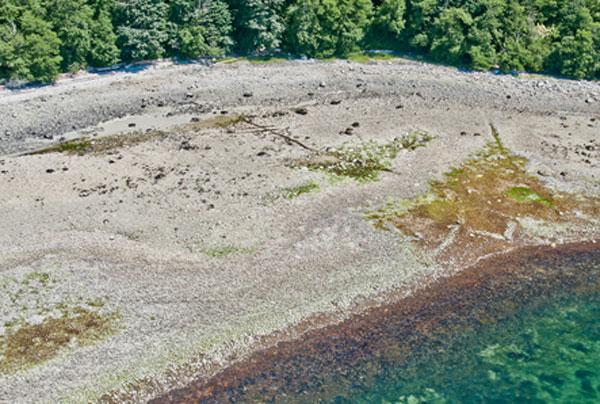
(Courtesy Georgia Combes)
Digs at sites like the one at Glenrose Cannery on the Fraser River, which dates to over 8,000 years ago and was first excavated in the 1970s, suggest that people lived in small groups that ranged across the landscape. They were seasonal locavores, eating what was available and moving around to find it. Twelve miles from the sea, the Glenrose riverbank is littered with fire-cracked rocks that once lined hearths; evidence of lithic artifacts such as hammerstones, scrapers, and leaf-shaped knives; and bone and antler tools. These were likely used to catch a menu heavy on bay mussels and other shellfish, salmon, and smaller fish, as well as deer and elk. Remains of all these animals were found at the site.
At some point—the date varies from site to site—these foragers settled down. In southeastern Alaska, evidence points to settlement at least 4,000 years ago, whereas on British Columbia's central coast, the archaeological record points to settlement at a minimum of 7,000 years ago. On the lower Fraser River, settling is noted about 5,000 years ago, roughly when sea levels receded to closer to what they are today.
From the various settlements emerged distinct cultures that formed the beginnings of an ecologically diverse coastal landscape occupied by complex communities that had strong ties to the marine world. Salmon runs were important to all, yet each group responded to the unique challenges of their own environments, from storm-filled expanses of rough ocean up north to the open waters on Vancouver Island's west coast. The most hospitable of these environments is the Mediterranean-like climate with warm, dry summers and mild, wet winters found in the traditional territory of the Coast Salish, a group of First Nations (non-Inuit aboriginal Canadians) who occupied land from the northern end of the Strait of Georgia to the southern end of Puget Sound in Washington state, along Vancouver Island's eastern shores, the mainland coast of British Columbia, and along the Fraser River.
Dana Lepofsky has made the Coast Salish territory one of her primary areas of study. She is part of a coterie of scientists having a second, more nuanced, look at the west coast's archaeological record.
Until recently salmon has tended to overwhelm the record. A mid-1950s archaeological dig by a group from the University of Oregon turned up salmon bones along the Columbia River in northwestern Oregon. These bones showed evidence of human consumption and dated to as early as 9,300 years ago. The finding prompted further fieldwork in the region to focus on salmon when searching for faunal remains. According to anthropologists at Portland State University and Western Washington University, the archaeological work dovetailed with anthropologists' descriptions of Pacific Northwestern livelihood as being largely dependent on salmon. Further, R.G. Matson, professor emeritus of archaeology at the University of British Columbia, wrote in 1992 that salmon harvesting and storage were long believed to be the "economic underpinning of the Northwest Coast."
But evidence is piling up that smaller fish—herring, smelt, and anchovies—in addition to clams, waterfowl, and fish roe, were part of a diverse bounty that fed entire villages. For instance, archaeological work done over 10 years on California's Channel Islands uncovered evidence that Paleoindians were likely manipulating the coastline to spur measurable changes in local shellfish populations. "It's hard to believe that Native Americans, who were keen observers of the natural world, didn't figure out management techniques," says Jon Erlandson, an archaeologist at the University of Oregon. He and his team collected reams of data from a large range of sites and species and concluded that, for example, a noticeable jump in the size of mussel shells didn't appear to be simply the result of natural fluctuations in local environments. "Native peoples were generally in it for the long haul and developed more sustainable practices over time," he explains.
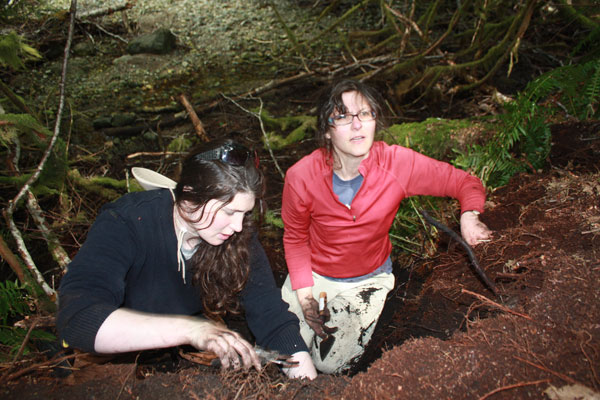
(Courtesy Jude Isabella)
For her research on the Coast Salish, Lepofsky uses a local integrated-community approach. First Nations elders who still occupy the land have a vast store of traditional knowledge about their ancestors' relationship with the local ecology. By listening to their oral histories and using the information gleaned to guide her investigation, the archaeologist, along with her crew and members of the Tla'amin Nation, a Coast Salish community about 90 miles north of Vancouver, are creating what amounts to a series of photo albums of meals eaten over the course of thousands of years by one village.
"On day one of fieldwork in Tla'amin-land, the community started talking about herring, its importance, and now its absence," Lepofsky says, noting that the last significant herring run in the area was in 1984.
Sure enough, an analysis of faunal remains from Comox Harbor—a wet site that was a traditional land of the K'ómoks, a Coast Salish people—shows herring in fact overwhelms salmon in the record. Megan Caldwell, a doctoral student now at the University of Alberta in Edmonton made the discovery during work on her 2008 master's thesis at the University of Manitoba. At the site, archaeologists are currently mapping the layout of more than 13,000 wooden stakes found in a three-square-mile area that protrude up to three feet out of the water at low tide and date to 1,220 years ago. The stakes form chevron- and heart-shaped traps that funneled fish into woven baskets at their pinched ends. One heart-shaped trap measures 138 feet in diameter.
The traps at Comox Harbor likely caught salmon, herring, and many other types of fish. Caldwell's reading of the archaeological evidence came via remains found in the contents of a midden. Shells that speckle the bottoms of uprooted trees and cling to creek faces are the giveaway that one has found a midden in the forests of British Columbia, sometimes far from shore. By closely examining midden contents, Lepofsky and her colleagues can see what's been missing in the archaeological record to date.
Bags and bags of dirt line metal racks in the cold university storage room where Caldwell spends way too much time. She's screening samples taken last year from a midden at Gibsons Beach, a 10- or 15-minute paddle across the Strait from the main Tla'amin reserve. It would have been close enough for daily use by the ancestors of the present-day Tla'amin people. Remains from Gibsons date as far back as 500 years ago, although other sites on Tla'amin territory date beyond 7,500 years.
Caldwell sits on a chair as she sieves the gallon and a half of dirt from a bag into a bucket, leaving behind fish bones and shells. It sounds like the shake of a baby's rattle. In another room she sorts the sieved material at a table strewn with what looks like piles of bagged lunches with names written in black marker. They contain faunal remains and other artifacts she's extracted from the dirt. It smells like a musty, old garage.
To sift midden material it's common practice to use six-millimeter mesh screens. The holes in such screens, however, are too big to catch the bones of herring, anchovy, and smelt. Even half that size misses these smallest remains. Couple that error with invasive species and recent local extinctions and the prevailing view of the ancient and historical environment has been incorrect.
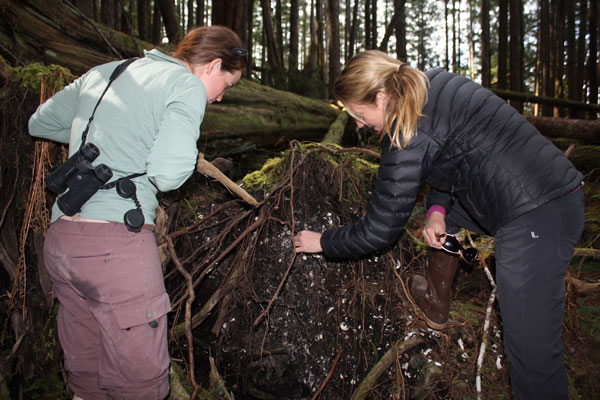
(Courtesy Jude Isabella)
Caldwell's job is painstaking. She's using screens with a smaller mesh size, so she can bring the archaeological record into a finer resolution. It takes hours to sift dirt through her two-millimeter screen, picking out herring and other fish bones from the debris, which includes the much larger remains of clam shells, cockles, and sea urchins. But the time spent now salvages what would have been lost in the record. To distinguish the cockles from the clams it's helpful to think of Ruffles potato chips—the former has ridges. Show a tiny fish bone to Caldwell and she says, "Cleithrum, probably from a herring. It's part of the pectoral girdle; it sits behind the gills."
It's an elegant solution to a previous flaw in archaeological inquiry. Something as simple as changing mesh sizes and using nested screens—one-millimeter and two-millimeter—to compare recovered fish bones reveals a completely new layer of the record. "About eight to 10 years ago we excavated on the North Shore of Vancouver and we found anchovy," Lepofsky says. "At the time, I thought it was a one-off." Today, one of Lepofsky's students, Nova Pierson, is studying a site in the same general area where anchovy is constant.
Pierson used the small screens to sift through midden material that dates as far back as 3,000 years from Burrard Inlet, a narrow band of water between Vancouver and North Vancouver. A traditional use area of several Coast Salish communities, the inlet is 30 miles long. By searching the midden, Pierson picked out species no longer found in the ecosystem, such as native oysters and sea urchin. She also found widespread abundance of salmon, herring, and anchovy in similar proportions to one another over the time period and noticed that when the remains of one fish decreased, salmon for instance, one of the other two species increased.
"Because both large and small fish may have been valued, decisions could have been made that took into account the ecosystem as a whole," says Pierson. The research lines up with other zooarchaeological data from the past decade, which shows that the proportion of salmon in relation to other marine species was fairly constant in a time frame that spans 7,500 years. The fact that the ratio remains flat strongly suggests that the ancient Coast Salish were employing some sort of ecosystem management.
In almost every estuary that's been scoured in the region, archaeologists have turned up evidence of wooden or stone fish traps. They've also uncovered clam gardens, which were an unknown technology to archaeologists until a geomorphologist on an aerial survey of the coast in 1995 identified the rock formations as made by humans.
On Quadra Island, the territory of the Laich-Kwil-Tach (Kwakwaka'wakw) and K'ómoks Nations, a team of ecologists led by Anne Salomon, a colleague of Lepofsky's from Simon Fraser, "plants" Pacific littlenecks in the isolated clam gardens that ring Waiatt Bay. One site has an extensive rock wall that rises about three feet out of the water at low tide and forms a long, flat, cleared beach, perfect clam habitat. Over two days they seed five clam garden beaches with 450 juvenile clams, with plans to seed another five gardens. During the low tides in November, they'll go back to weigh and measure the clams against a control group. The ecologists hope to answer the question: Does the clam garden stabilize the beach and trap sediment and phytoplankton, allowing for more clam recruitment, or does it cause the ones in the garden to grow bigger in a shorter amount of time?
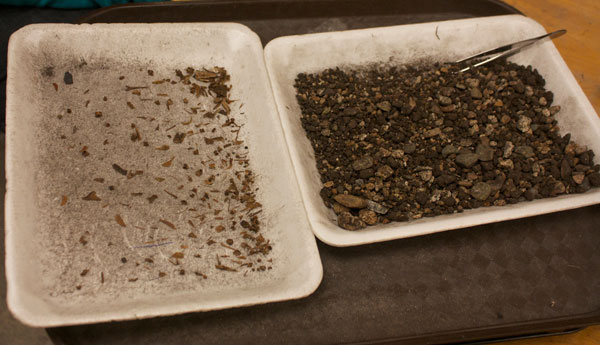
(Courtesy Jude Isabella)
At nearby Kanish Bay, Lepofsky's crew of archaeologists canoe from beach to beach searching for clam gardens and any associated settlements. Lepofsky is targeting a particular type of site: early villages created shortly after the people from Asia settled down. These sites likely predate the development of clam gardens as a technology for ecosystem management, so their middens might show a transition that marks the advent of clam gardens.
By looking at species' relative abundance, age, and size over time, shells from these sites could reveal when clam harvesting began to be actively managed, and if the technology increased production in either size or number. "If there's a transition, if there is some change in productivity, hopefully [the evidence] will mirror the results of the hypotheses being generated by the ecology," says Lepofsky.
The picture emerging is of a culture that avoided relying on one plentiful species, as if people hedged their bets when it came to food. While salmon is abundant in the archaeological record, the boom/bust cycle that's a hallmark of overexploitation is not.
Just as the tastes of these ancient peoples along the west coast of British Columbia went beyond salmon, the technologies they developed went beyond fish traps and clam gardens. The Heiltsuk Nation, located nearly 400 miles north of Vancouver, harvested herring roe on kelp forests, another important indigenous fishery. Without kelp off their shores, the Tla'amin harvested roe from deliberately submerged branches of Douglas fir or other trees—a practice that only died out with the herring run.
The evidence uncovered by using finer screens to examine the dirt from middens makes for a compelling argument that past cultures did not think of these management systems as purely for catching one type of fish, but as a means to manage and ration what the ocean sent their way. Further, the archaeological work is confirming many of the stories Michelle Washington, a Tla'amin descendant who has worked with the archaeologists from the beginning, heard growing up.
"My Granny used to say something that I never quite understood until I got older," she explains. "She would look at expensive homes with manicured lawns and say, in our language, ‘Oh those poor people, they have no medicines or food in their yard. How are they going to feed themselves and take care of themselves if anything happens?'"


